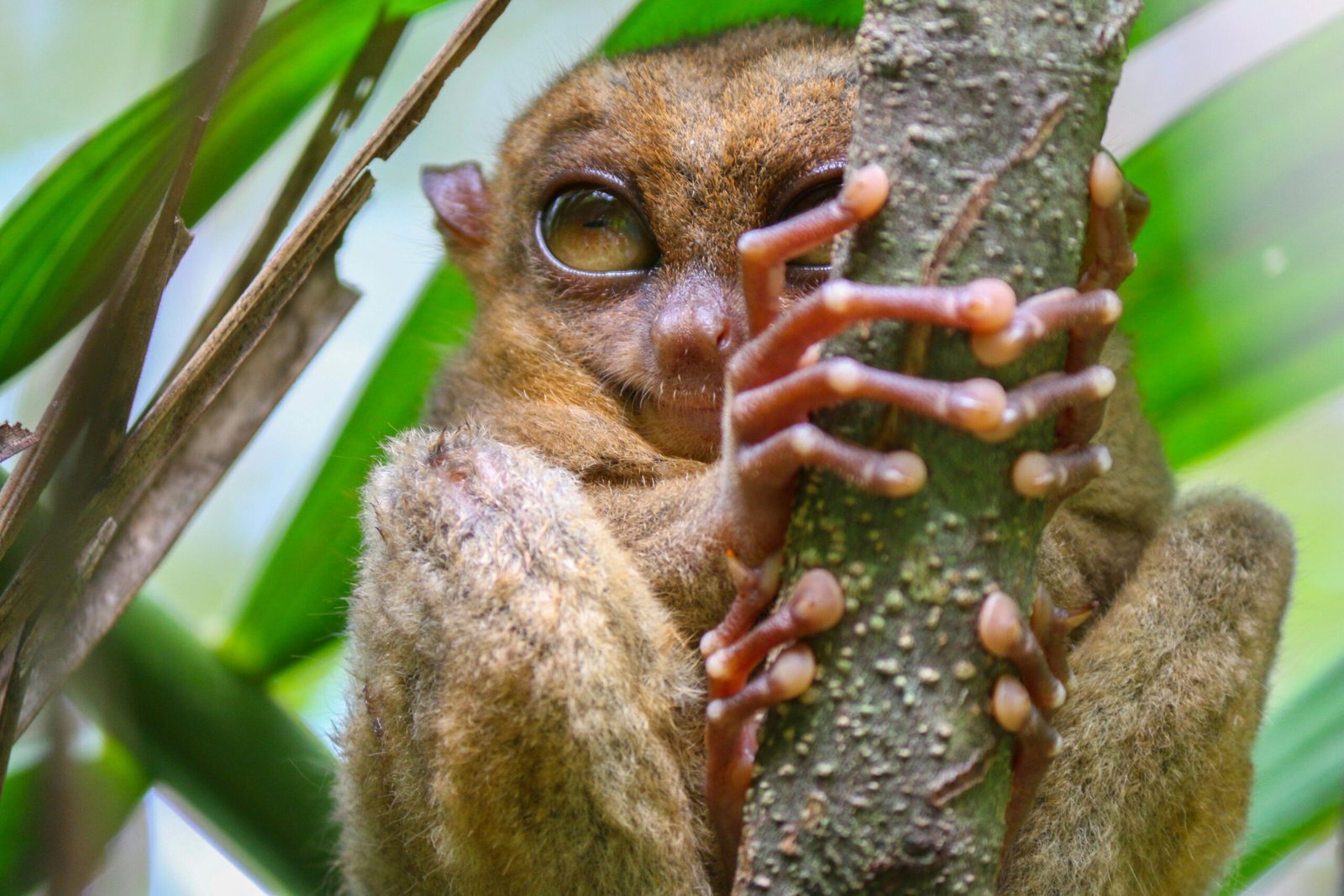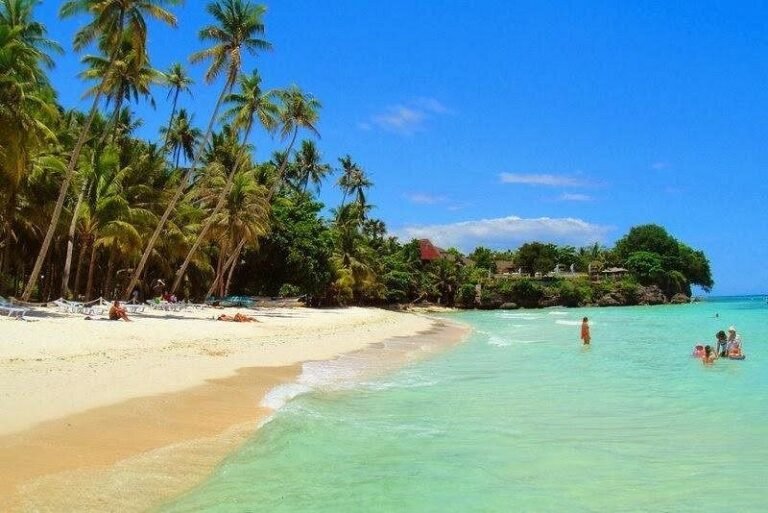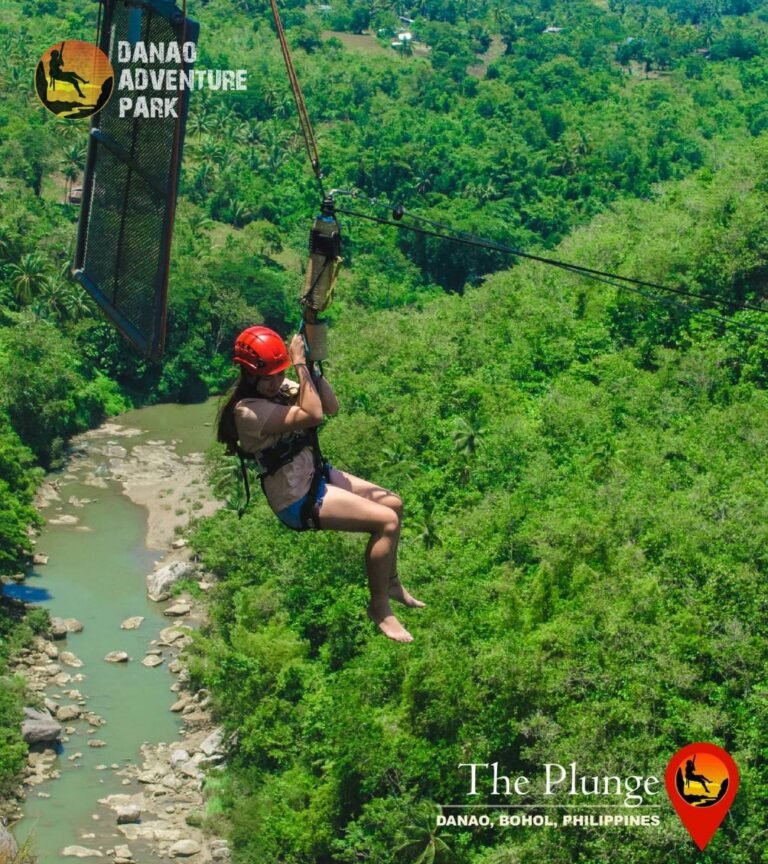Meet Nature’s Most Extraordinary Small Primate
Deep in the tropical forests of Bohol lives one of Earth’s most fascinating creatures – the Philippine Tarsier (Carlito syrichta). These tiny primates represent millions of years of evolution and hold secrets that scientists are still discovering today. When you visit Bohol’s tarsiers, you’re not just seeing cute animals – you’re encountering living representatives of our planet’s incredible biological diversity.
The Science Behind These Amazing Creatures
Evolutionary History: Living Fossils
Tarsiers belong to one of the oldest primate groups on Earth. Fossil evidence shows that tarsier-like primates existed over 55 million years ago during the Eocene period. This makes them older than both monkeys and apes! Scientists classify tarsiers as “prosimians” (meaning “before monkeys”), placing them in a unique position on the primate family tree.
Scientific Classification:
- Kingdom: Animalia
- Phylum: Chordata
- Class: Mammalia
- Order: Primates
- Suborder: Haplorhini
- Family: Tarsiidae
- Genus: Carlito
- Species: Carlito syrichta
Incredible Anatomy and Adaptations
Eyes: Natural Night Vision Technology Each tarsier eye weighs more than its entire brain! These massive eyes – each about 16mm in diameter – contain special adaptations for night vision:
- Tapetum lucidum: A reflective layer behind the retina that bounces light back through the eye, maximizing light sensitivity
- High rod density: Millions of rod cells detect even the tiniest amounts of light
- Fixed eye position: Since they can’t move their eyes in their sockets, tarsiers evolved the ability to rotate their heads 180 degrees
Hands and Feet: Perfect Gripping Tools
- Elongated fingers: Each digit ends in a disc-shaped pad with tiny ridges (like human fingerprints) for incredible grip
- Opposable thumbs: On both hands and feet, allowing them to grasp branches from multiple angles
- Long tarsal bones: The ankle bones that give tarsiers their name are extremely elongated, acting like springs for powerful jumps
Ears: Ultrasonic Communication Tarsiers can hear frequencies up to 91 kHz (humans only hear up to 20 kHz). They use ultrasonic calls to communicate – sounds so high-pitched that most predators and humans cannot detect them.
Unique Physiological Features
Body Size and Proportions
- Body length: 85-160mm (3.3-6.3 inches)
- Weight: 80-165 grams (2.8-5.8 ounces)
- Tail length: 135-275mm – longer than their entire body!
- Brain-to-body ratio: Surprisingly large brain for their size, indicating high intelligence
Dietary Specialization Tarsiers are the only completely carnivorous primates. Their diet consists of:
- Insects: 80% of their diet (crickets, moths, beetles, grasshoppers)
- Small vertebrates: Lizards, birds, bats, snakes
- Hunting technique: They use their excellent hearing to locate prey, then leap with precision to catch it
The Tarsier’s Forest Ecosystem
Habitat Requirements
Philippine Tarsiers need very specific environmental conditions to survive:
Forest Structure:
- Primary and secondary forests with dense canopy cover
- Tree height: Prefer trees 4-7 meters tall for optimal hunting
- Bamboo groves: Often found in areas with thick bamboo stands
- Vine networks: Use tangled vines as highways between trees
Climate Needs:
- Temperature: 26-28°C year-round
- Humidity: 80-90% relative humidity
- Rainfall: Need consistent moisture for insect prey populations
Ecological Role
Tarsiers play a crucial role as insect population controllers. A single tarsier can eat up to 10% of its body weight in insects each night, helping maintain the forest’s ecological balance.
Conservation Science and Challenges
Population Status
- IUCN Red List Status: Near Threatened
- Population trend: Decreasing
- Estimated wild population: Fewer than 10,000 individuals remain
Major Threats (Scientifically Documented)
- Habitat fragmentation: Deforestation reduces available territory below minimum viable population levels
- Edge effects: Forest edges have different microclimates that tarsiers cannot tolerate
- Illegal pet trade: Despite being protected, tarsiers are still captured illegally
- Climate change: Shifts in rainfall patterns affect insect populations
- Light pollution: Artificial lights disrupt their natural hunting behaviors
Conservation Breeding Programs
Scientists have discovered that tarsiers are extremely difficult to breed in captivity:
- Stress sensitivity: Captive tarsiers often die from stress-related illnesses
- Dietary requirements: Their specialized insect diet is hard to replicate
- Social structure: They need complex social interactions to thrive
Scientific Research at Bohol Sanctuaries
Ongoing Studies
Researchers at Bohol’s tarsier sanctuaries are conducting groundbreaking studies on:
Behavioral Ecology:
- Territorial marking using scent glands
- Parent-offspring communication patterns
- Seasonal activity variations
Physiological Research:
- Sleep patterns and circadian rhythms
- Metabolic adaptations to insect-only diet
- Stress hormone responses to human disturbance
Genetic Studies:
- Population genetics to understand breeding patterns
- Genetic diversity assessments for conservation planning
- Evolutionary relationships with other tarsier species
Visiting Tarsiers: The Science of Responsible Tourism
Why Silence Matters
Sound sensitivity research shows that tarsiers’ hearing is so acute that normal human conversation (60 decibels) can cause stress responses. Whispers (30 decibels) are recommended around these sensitive animals.
The Flash Photography Ban: Scientific Reasoning
Tarsiers’ eyes contain a high concentration of rhodopsin (the protein that detects light). Camera flashes can:
- Temporarily blind them for up to 30 minutes
- Cause permanent retinal damage
- Disrupt their natural hunting ability
Best Viewing Times (Based on Activity Patterns)
Scientific observations show tarsiers are most active:
- Late afternoon (4-6 PM): Beginning to wake from daytime rest
- Early evening (6-8 PM): Peak activity period
- Early morning (5-7 AM): Returning to rest sites
The Bigger Picture: Biodiversity Hotspots
Philippines as a Biodiversity Hotspot
The Philippines ranks as one of the world’s top biodiversity hotspots, with:
- High endemism: 60% of plant species found nowhere else
- Species density: Over 52,000 described species in a relatively small area
- Marine diversity: Part of the Coral Triangle, the world’s center of marine biodiversity
Tarsiers as Indicator Species
Tarsiers serve as “indicator species” – their presence indicates a healthy forest ecosystem. When tarsier populations decline, it often signals broader environmental problems.
Connect Science to Adventure: Explore Both Islands
Your tarsier encounter is just the beginning of incredible scientific discoveries waiting in Bohol and Cebu! These islands offer some of the world’s most fascinating natural phenomena and geological wonders.
Discover More Natural Sciences in Bohol and Cebu:
🔬 Visit Our Travel Websites for Science-Based Adventures:
For Bohol’s Natural Wonders:
- Geological marvels like the Chocolate Hills formation
- Cave ecosystems at Hinagdanan Cave with unique limestone formations
- Marine biology experiences at Balicasag Island Marine Sanctuary
- Forest ecology tours through the Bilar Man-Made Forest
- Waterfall hydrology at Can-umantad and Camugao Falls
For Cebu’s Scientific Attractions:
- Marine megafauna encounters – whale shark biology at Oslob
- Coral reef ecosystems – world-class diving and marine research
- Volcanic geology – explore ancient volcanic formations
- Endemic species spotting – unique birds and butterflies
- Underwater caves – speleology and cave diving adventures
Why Choose Science-Focused Tours Through Our Websites?
🧬 Expert Scientific Guides
- Guides with backgrounds in biology, ecology, and conservation
- Access to current research findings and ongoing studies
- Connections with local scientists and research institutions
🌿 Research-Supporting Tourism
- Tours that contribute to ongoing scientific research
- Visits to active research stations and conservation projects
- Opportunities to participate in citizen science programs
📊 Educational Excellence
- Pre-tour briefings on the science behind what you’ll see
- Field guides and educational materials included
- Post-tour resources to continue learning
🏛️ Academic Partnerships
- Collaborations with universities and research institutions
- Access to scientific publications about local species
- Connections to marine biology and ecology programs
Ready to explore the incredible science of Bohol and Cebu? Visit our travel websites to discover tours that combine adventure with scientific understanding. From the evolutionary mysteries of tarsiers to the geological wonders of the Chocolate Hills, from marine biology in coral reefs to the physics of cave formations – your scientific adventure awaits!
Book your science-focused island exploration today and discover the natural laboratories that make Bohol and Cebu unique in the world!
Where curiosity meets adventure – your scientific journey through the Philippines starts here!








